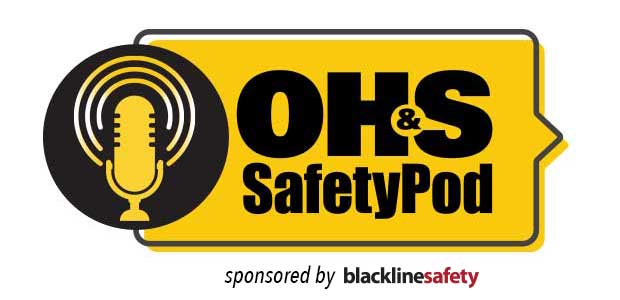
With the use of AI-driven (Artificially Intelligent) algorithms, the pressure of personal worker safety is relieved from organizations and transferred to individuals. Workers are empowered by using personalised feedback and learning about their actions.
No matter where you work from, it’s important to have good posture and a healthy workstation. Here are five work environment tips from chiropractor Dr. Chad Henriksen.

The treatment of asbestos has become that much more precarious given the outbreak of COVID-19. Here are some tips for asbestos removal and caution against coronavirus with limited PPE.
A recent news release from OSHA gives tips for workers in the dental industry to protect themselves from coronavirus exposure.

Episode 13
Your pressing questions about AIHce 2020: Virtual asked in this special episode with American Industrial Hygiene Association CEO Larry Sloan.
Humans are social creatures, and this new season has been tough on many of us. Here are five ways you can foster joy and creativity from your home.
On April 27, HeartStation introduced its automated remote monitoring for Automated External Defibrillators (AED’s).

Worried about contracting the virus at work? Here are some things you can do and some recommendations for approaching the situation.
You may think you should avoid conducting employee engagement assessments during a pandemic, but assessing engagement during tough time is actually the best way to find the truth.
As the country prepared to reopen in the coming weeks and months, workers do not want to put themselves at risk, and employers want to ensure they will not be sued if workers get sick.

If you’re an essential worker and choose not to work for fear of coronavirus infection, chances are you will not be eligible for unemployment benefits.

Many industries and workplaces will need to enforce the use of respirators to best protect workers from the coronavirus exposure.
This week’s National Safety Stand-Down week for construction fall hazards is postponed due to COVID-19.

After Amazon fired two workers who raised safety concerns about COVID-19 in the workplace, one of the company’s senior engineer quit, saying he has had enough.
May 6 through May 12 marks National Nurses Week—and many are helping show appreciation to healthcare workers with free or discounted food, clothes and more.
The U.S. Department of Labor has issued an alert with safety tips for restaurant, food and beverage businesses to protect their workers from coronavirus exposure while they provide curbside pickup or takeout.

The New York Times released an article outlining the U.S. states that are partially opening, soon opening and still shut down because of the coronavirus. While some state officials are eager to reopen, others are very wary.